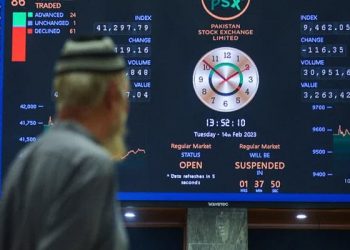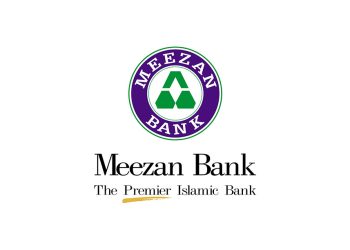Pakistan’s currency, the Pakistani Rupee, demonstrated remarkable stability against the US Dollar throughout May 2024. Despite not recording any gains, the Rupee closed the month at 278.33 per USD, a slight decrease from April’s closing rate of 278.31 per USD. The average exchange rate for May was 278.27, slightly higher than April’s average of 278.19, and significantly improved from the 286.04 per USD seen in the same month last year.
The main driver behind this period of stability has been the successful completion of a 9-month Stand-By Arrangement (SBA) with the International Monetary Fund (IMF). This agreement provided Pakistan with a crucial policy anchor, addressing foreign exchange (FX) shortages and ensuring the smooth functioning of the FX market.
ECONOMIC REFORMS AND IMF SUPPORT
The IMF program has been pivotal in achieving necessary fiscal adjustments, maintaining debt sustainability, safeguarding social spending, and buffering external shocks. It has also facilitated progress on disinflation and structural reforms. The program’s success helped Pakistan secure $3 billion for its dwindling foreign exchange reserves, which in turn bolstered investor confidence and encouraged foreign investments.
By the end of May 2024, the central bank’s reserves stood at $9.09 billion, nearing the total reserves of $9.53 billion from May 2023. This increase was further supported by significant investment discussions with Saudi Arabia, highlighting the growing international interest in supporting Pakistan’s economy.
FUTURE PROSPECTS AND CHALLENGES
Pakistan is now seeking a new long-term and larger IMF loan to bridge its external financing gaps. This loan could significantly influence the currency’s future stability. The central bank’s latest economic indicators have drawn attention to the improved domestic currency position, thanks to consecutive current account surpluses and increased foreign investment.
The Real Effective Exchange Rate (REER) Index for the Pak Rupee also saw positive movement, reaching a provisional value of 104.51 in April 2024. Progress in developing exchange companies within listed banks further strengthened the currency, with many receiving operational licenses from the central bank.
Additionally, the local currency benefited from falling international oil prices, which reduced external dollar payments and lowered domestic petroleum prices. The Rupee also gained support as the US Dollar Index (DXY) fell by 1.58% in May, driven by expectations of US rate cuts.
CAUTION AND POTENTIAL RISKS
Despite these positive trends, the IMF has cautioned against expecting sustained rupee stability in the future. Policy slippages and reduced external financing could undermine debt sustainability and exert pressure on the exchange rate. Furthermore, Pakistan’s complex political environment and high living costs could hinder policy and reform implementation, potentially affecting currency stability.
The federal government of Pakistan has set the value of the US dollar at Rs295 for the fiscal year 2024-25 budget estimates, signaling an anticipated devaluation of the local currency. This projection comes ahead of a predicted inflationary wave due to the International Monetary Fund (IMF)’s proposal to impose an 18% general sales tax (GST) on almost all products.
ANTICIPATED INFLATION AND ECONOMIC IMPACT
In a move expected to provoke an inflationary surge, the federal government has projected a slowdown in the inflation rate to a two-year low of 14.5%. However, the acceptance of the IMF’s recommendations could lead to a significant increase in the prices of goods ranging from milk to medicines and petrol starting July 1. This inflationary pressure is likely to keep the rate persistently high throughout the next fiscal year.
GST IMPACT ON ESSENTIALS
The IMF’s recommendations include taxing staple food items such as wheat and rice, and essential education services at a single 10% GST rate. This move is aimed at broadening the tax base but is expected to increase the cost of living for the average citizen.
In comparison to other major currencies, the Pak Rupee lost ground against the Euro, British Pound, and Swiss Franc but gained slightly against the Japanese Yen. It remained stable against the Chinese Yuan, Saudi Riyal, and UAE Dirham.



















